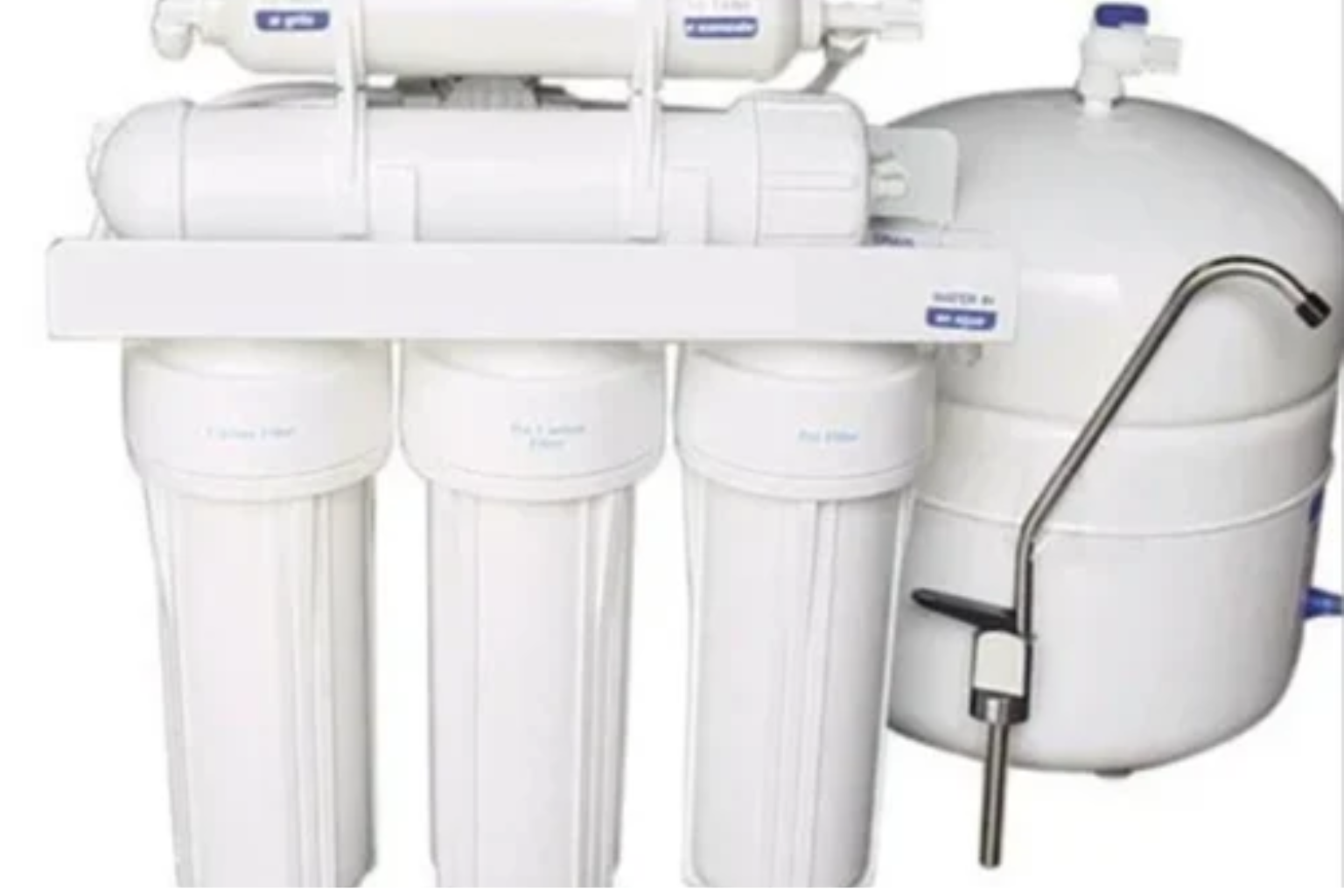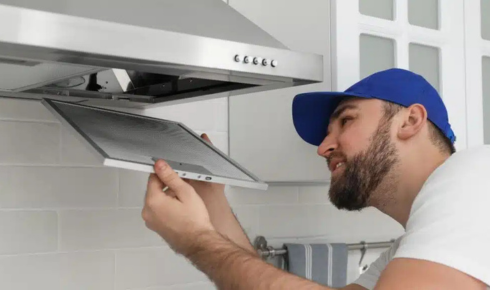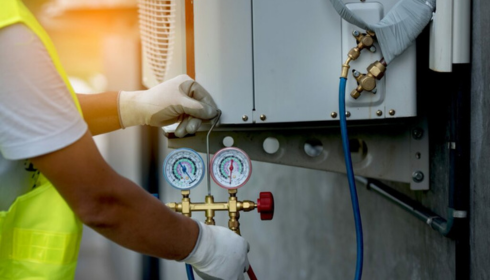Beyond the Faucet: Why Utah Homes Are Upgrading Their Drinking Water Systems

There’s something deeply satisfying about turning on the tap and knowing the water you’re drinking is pure, clean, and actually tastes… good. But in Utah? That peace of mind isn’t always guaranteed. Whether it’s the notoriously hard water, lingering chlorine taste, or just uncertainty about what’s actually in your water, more and more Utah homeowners are turning to drinking water systems to take control of their water quality.
You’ve probably noticed it too—neighbors installing under-sink filters, friends raving about their reverse osmosis systems, or the growing shelf space for water purification gear at every hardware store. It’s not just a trend; it’s a shift in how we think about something as basic—and as vital—as our drinking water.
So let’s talk about what’s really going on with Utah’s tap water, the options out there for getting it right, and why a good drinking water system Utah residents trust could make a surprisingly big impact on your health, your wallet, and even your cooking.
Utah’s Tap Water: Safe? Yes. Perfect? Not Exactly.
First, the good news: municipal water systems in Utah meet federal safety standards. That means most of the water piped into homes is technically safe to drink.
Now, the not-so-good part. “Safe” doesn’t always mean “ideal.” Utah’s water is among the hardest in the country, packed with dissolved minerals that, while not harmful in small amounts, can mess with taste, build up in pipes, and interfere with appliances. Add to that chlorine (used in treatment), sediment from aging pipes, and occasional seasonal fluctuations in quality—and you’ve got water that’s passable, but far from pristine.
Ever tasted water that’s slightly metallic or vaguely like a public swimming pool? Yep, that’s what we’re talking about.
What’s a Drinking Water System, Anyway?
Good question. A drinking water system is any filtration setup that purifies the water you drink, typically at the point of use—like your kitchen sink. It might be as simple as a charcoal filter in a pitcher, or as advanced as a multi-stage reverse osmosis (RO) system with sediment filters, carbon blocks, and even UV sterilization.
Here are some of the most common types:
- Activated Carbon Filters: These reduce chlorine, odors, and improve taste. Affordable and easy to install, but limited in scope.
- Reverse Osmosis (RO) Systems: The gold standard for clean water. RO removes up to 99% of total dissolved solids (TDS), including lead, fluoride, nitrates, and more.
- UV Purification: Uses ultraviolet light to kill bacteria and viruses. Often used alongside RO systems for added protection.
- Whole-Home Systems: Treat water at the point it enters your home—good for people who want filtered water for more than just drinking.
Most families in Utah go with an under-sink RO system, especially in areas where the tap water tastes off or contains high levels of TDS.
Why More Utah Homes Are Installing Drinking Water Systems
Let’s break it down. People are investing in water systems for a few big reasons:
- Better Taste and Smell
The most immediate and noticeable benefit. Filtered water just tastes cleaner—no chlorine aftertaste, no weird sulfur smell. If you’re a coffee snob or a tea lover, you’ll notice the upgrade instantly. - Health and Safety
While municipal water is treated, contaminants can still sneak in. Things like lead (from old plumbing), arsenic (naturally occurring in some groundwater), or microbes (in private wells) can be a concern. A good filtration system adds an extra layer of protection. - Convenience
Tired of lugging home cases of bottled water? A quality system puts fresh, clean water at your fingertips. It’s cheaper in the long run, too. - Environmental Impact
Ditching bottled water cuts down on plastic waste—plain and simple. It’s a feel-good switch for both you and the planet. - Confidence in Quality
You control the outcome. You know what you’re drinking. You’re not guessing based on whatever the city’s water report said last quarter.
What to Know Before You Buy
If you’re thinking of installing a system, don’t just grab the first one with a sleek design or low price tag. Water chemistry varies across Utah, so what works in Salt Lake City might not be ideal in St. George.
Here’s how to get it right:
- Start with a water test. Many local companies offer free in-home testing. It’ll tell you exactly what’s in your water—and what kind of filter you actually need.
- Choose the right size. If you’re a big household, you might need a higher-flow system.
- Check for certifications. Look for NSF-certified systems that meet standards for contaminant reduction.
- Plan for maintenance. Filters need to be replaced regularly. Some systems even come with smart monitors to remind you when it’s time.
Also, don’t shy away from asking questions. A good installer will walk you through the system and ensure it fits your specific water profile.
A Small Investment with Big Payoffs
You might be surprised how much better water can make everyday life. Cooking, showering, drinking, even washing veggies—it all feels fresher, cleaner, simpler when you’ve got water you can truly trust.
In a state like Utah, where the tap water often starts off with a few too many “extra ingredients,” a proper filtration system isn’t just a luxury—it’s a smart, long-term decision.
Final Thoughts: Take Control of Your Tap
We trust water to nourish us, clean our homes, and keep our families healthy. So it only makes sense to give it a second look—and a solid filtration system.
With the range of drinking water systems available today, and the increasing demand for better quality in every glass, now is the perfect time to make the upgrade. Whether you’re deep in the mountains or tucked into a subdivision in the valley, a reliable drinking water system Utah homeowners can count on is just one good decision away.
Because when it comes to water, “good enough” shouldn’t be the standard.
Leave a Reply
You must be logged in to post a comment.




Leave a Comment